Aircraft carrier in the sky? Here are 10 of the least-known uses of the Boeing 747

As the 1,574th – and final – Boeing 747 commercial aircraft is delivered, Stephen Bridgewater takes a nostalgic look back at the ‘Queen of the Skies’ and some of the quirky and unique offshoots.
N863GT is decorated in the split colors of Atlas Air and German transport company Apex Logistics, and carries a small graphic paying homage to designer Joe Sutter, often referred to as the "father of the 747." It is the last of the "superjumbo" 747-8F dedicated freighters, which is fitting, because Sutter originally designed the 747 with cargo use in mind.
Amazing team
The first 747 was the result of the work of approximately 50,000 Boeing employees. Known as the "Wonder Team," the project team made aviation history by building the 747 prototype in less than 16 months.
Boeing at the time lost the U.S. Air Force CX-Heavy Logistics System (CX-HLS) contract to produce what would become the Lockheed C-5.
Juan Trippe, founder of Pan Am, a loyal Boeing customer, asked Boeing CEO Bill Allen to build a new jetliner that would be larger than the 707 then in service.
The CX-HLS design should have been modified to meet Trippe's needs, but Sutter insisted that the aircraft must be a completely new design. The high-wing of the existing design was changed to a traditional low-wing configuration, but Pan Am wanted to retain the cargo capacity of the CX-HLS. Trippe's reasoning was simple - it was believed that the supersonic era was approaching, and slower passenger aircraft would soon become redundant, and the 747 might soon be relegated to a cargo carrier.
Of course, the much-anticipated era of supersonic airliners never quite materialized, so the 747 would go on to become a long-serving and highly developed airframe, enabling mass air travel and cheaper airfares. Over the decades, the basic 747 airframe was also modified for a variety of "non-standard" uses. We've selected the top 10 to honor this great aircraft's service history.

01
Space shuttle carrier aircraft
NASA used two modified 747 aircraft to transport the shuttle from the landing site to the launch site at Kennedy Space Center. The shuttle was loaded on top of the huge Mate-Demate equipment, which can withstand the stress of the shuttle taking off from the ground and keep the shuttle safely fixed on the top of the 747 during transportation.
The SCA aircraft was modified from a standard 747 aircraft and had three support structures attached to the top of the fuselage to keep the shuttle stable, and two vertical stabilizers were installed at the end of a standard horizontal tail to enhance directional stability. In addition to the shuttle, a pilot escape system was installed, consisting of a hatch extending from the cockpit to the bottom of the fuselage and a gunpowder to activate the hatch release and cabin window release mechanisms.
However, the SCA does more than just transport the space shuttle. In 2010, a Boeing Phantom Ray stealth unmanned fighter jet conducted a 50-minute test flight at Lambert International Airport in St. Louis, Missouri. This was the first time in the 33-year history of the SCA that it carried an aircraft other than the space shuttle.
02
Stratospheric Observatory

Until the end of 2022, NASA also used a highly modified 747SP fuselage to operate as the Stratospheric Observatory for Infrared Astronomy (SOFIA). The aircraft was modified to carry a 17-ton, 2.5-meter diameter reflecting telescope in the rear fuselage and was designed as an infrared astronomy observation aircraft to observe the stars from high altitudes. The aircraft made 143 flights, mainly from Palmerdale, but also flew in Santiago, Chile and Christchurch, New Zealand.
03
Laser Defender
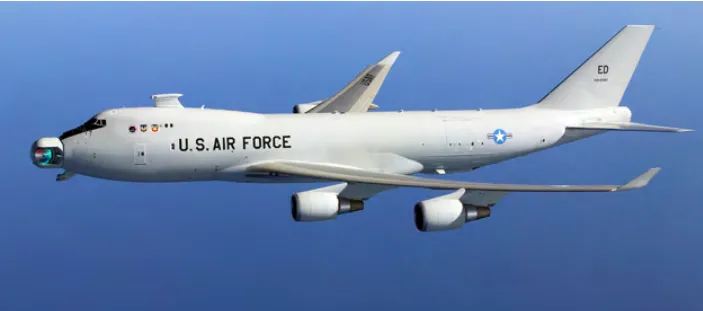
While SOFIA's research was primarily of a purely scientific nature, the YAL-1 was designed for more lethal purposes. Based on a 747-400F fuselage, the YAL-1 was equipped with a megawatt-class chemical oxygen iodine laser (COIL) and was conceived as a missile defense system to destroy tactical ballistic missiles shortly after launch. Rather than burning through the target, the laser heats the surface of the missile, causing it to fail due to flight stress. However, to be effective, the YAL-1 needs to be relatively close to potential missile launch sites, making it very vulnerable to enemy aircraft and surface-to-air missiles. Attempts were made to use the laser to attack hostile aircraft and even low-Earth orbiting satellites, but these are difficult to detect because their heat signatures are different from missiles. The only YAL-1 first flew in 2002, but it wasn't until 2007 that a low-power laser test was conducted against an aerial target, and another three years passed before a high-power laser test was conducted and successfully destroyed a test missile. Although successful, funding for the program was cut in 2010 and the YAL-1 program was canceled in December 2011.
04
Cosmic Girl
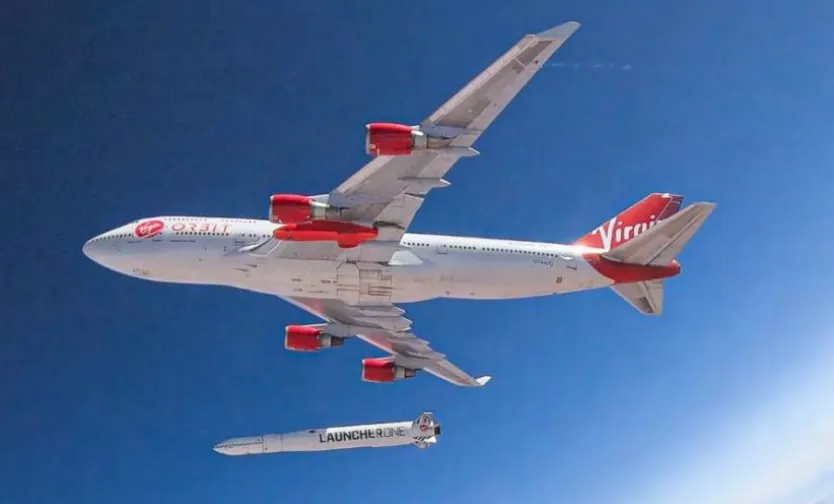
Another converted 747, "Cosmic Girl," made headlines recently when it performed the first horizontal rocket launch from British soil. The 747-400, originally owned by Virgin Atlantic, has been converted by Virgin Galactic and Virgin Orbit into a "mothership" for its LauncherOne rockets.
The engineering work required to convert it into a launch ship was minimal, as the 747 has always been designed with a fifth underwing hardpoint to accommodate a spare engine. This hardpoint is located between the fuselage and the left inner engine, allowing LauncherOne to be released from Cosmic Girl at 35,000 feet and then into orbit.
05
Air Force One
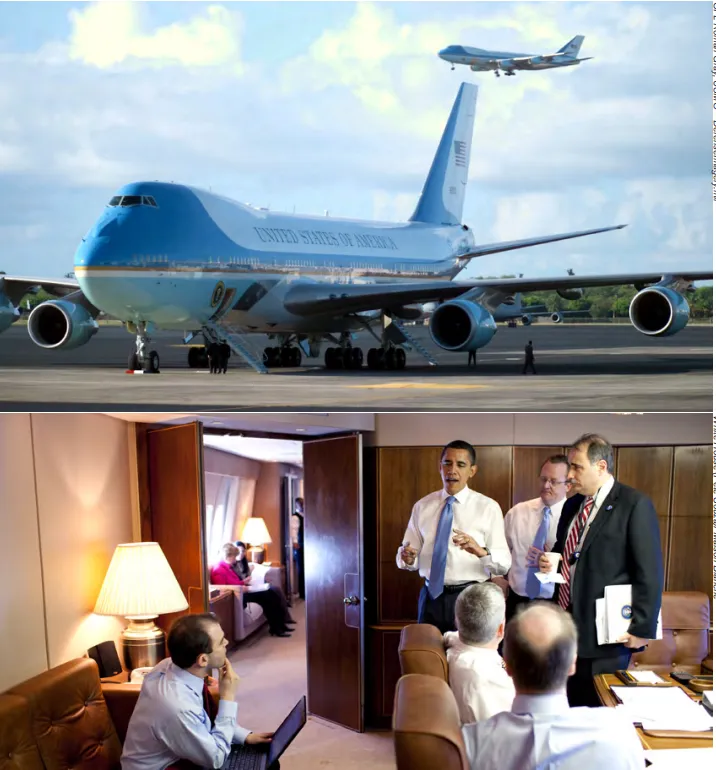
Perhaps the most famous 747s are the two VC-25A aircraft operated by the United States Air Force, commonly referred to as "Air Force One." While most 747s typically carry hundreds of passengers, the VC-25A is configured with just 70 seats for presidential aides, staff, and press. The VC-25A entered service in 1990 and is expected to remain in service until around 2027, when it will be replaced by the VC-25B aircraft, which is based on the latest 747-8i model.
06
Doomsday Plane
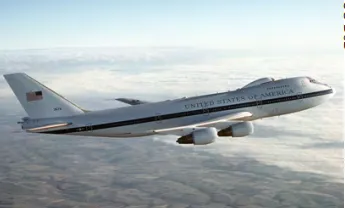
While Air Force One provides transportation for the president in peacetime, another 747 variant becomes his mode of transport in the event of an emergency. The U.S. Air Force has a fleet of four E-4 Nightwatch aircraft that perform advanced airborne command post missions as part of the National Emergency Airborne Command Post (NEACP) program, providing strategic command and control capabilities.
07
Dream Lifter
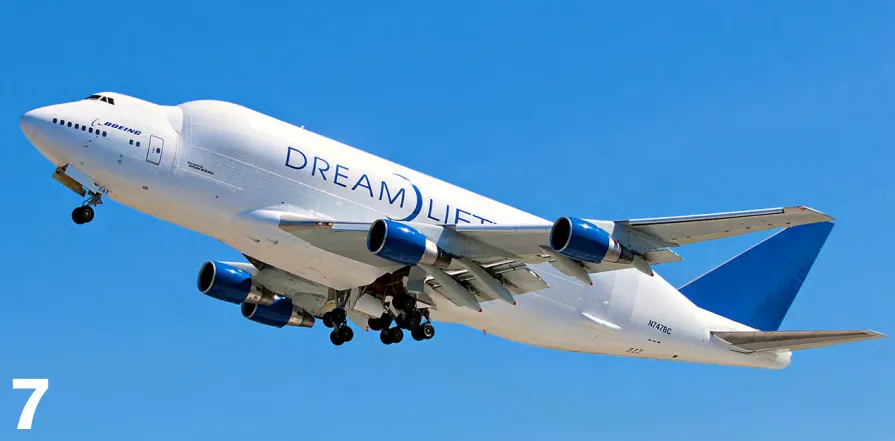
Cosmic Girl has a maximum payload of just 880 pounds, while a standard 747-400F can carry more than 270,000 pounds of cargo. While the Boeing Large Freighter (LCF) - more commonly known as the Dreamliner - can carry similar cargo weights, its spacious bubble-shaped fuselage has a volume of 65,000 cubic feet, three times that of the -400F. The massive aircraft was designed to transport parts for Boeing 787 Dreamliners between Italy, Japan, and the United States to avoid the delays associated with ocean shipping. An articulated tail allows for easy loading from the rear, while a rounded cabin allows the Dreamliner fuselage to be easily loaded. The first 747-400 converted to the LCF configuration first flew in 2006, and all of them are still in service as of 2023.
08
Super water tank

A series of water bomber accidents at the turn of the century made it inevitable that the days of using converted piston-powered airliners to fight fires were drawing to a close. Evergreen International Airways devised a plan to convert a 747 into the world's largest firefighting aircraft, and successfully modified the 747 to be able to carry up to 74,000 liters of fire retardant fluid or water. The superbomber was equipped with a pressurized liquid delivery system that Evergreen claimed could disperse fire retardant fluid at high pressure or like rain, while typically flying at 500 feet and 160 mph, laying down a 3-mile long and 150-foot wide stream of fire retardant fluid. A total of three were built (converted from 747-100s, -200s, and -400s), with the first entering service in 2009 and the last retired in 2021.
09
Air Test Bench

Although the 747's fifth engine pylon was originally intended to carry an inactive powerplant, it flew with five "live" engines several times during the model's life. Engine manufacturers are increasingly using the popular jumbo as a testbed for their latest generation of powerplants.
GE's 747-400 N747GF is used to test engines such as the GE9X turbofan designed for the Boeing 777X, while Rolls-Royce has been using the former Cathay Pacific 747-200 N787RR since 2005 for evaluation of powerplants such as the Trent 1000.
While GE and Rolls-Royce simply replaced one of the 747's conventional engines with the prototype powerplant they wanted to test, Pratt & Whitney Canada took a slightly different approach, operating two 747SPs (C-GTFF and C-GPAW) from Montreal-Mirabel Airport in Canada with the test engines mounted on the sides of the fuselages.
GE also used a Boeing 747-100 in a test platform role until 2018. Using a 50-year-old aircraft to develop the technology needed for future aircraft to make them cleaner, greener, and more efficient seems like a natural fit.
10
High density, short distance
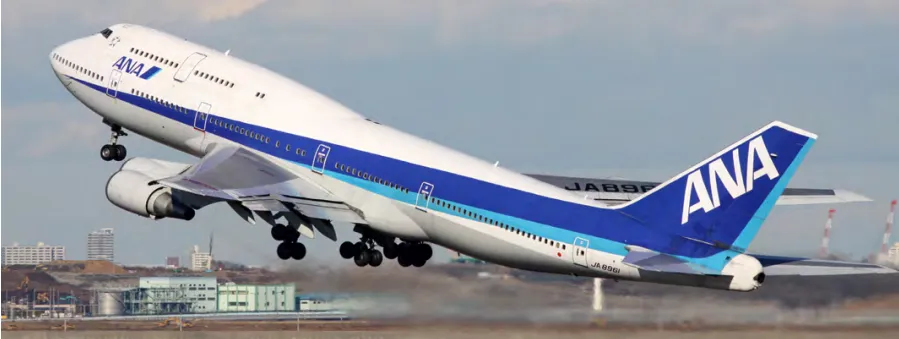
While most 747 operators focus on how far their aircraft can fly, the Japanese market is a little different. Due to the region’s topography, demand for short-haul flights is so high that Boeing created the 747-400D (domestic version) specifically to meet this need. The aircraft was optimized for short domestic segments as a high-density seat model, with room for 660 passengers in a single configuration. To reduce the stress on the fuselage caused by multiple takeoffs and landings, the wingtip extensions and winglets found on the traditional -400 model were eliminated. Only 19 747-400Ds were produced between 1991 and 1995, but Japan Airlines reportedly wanted to take the concept to a higher level, eliminating the galley, lavatory and even stowable landing gear to reduce weight and increase passenger capacity. Aerodynamic covers over the fixed landing gear were also said to be considered, but unfortunately, drawings of this highly unusual derivative have not yet been made public.
More possibilities?
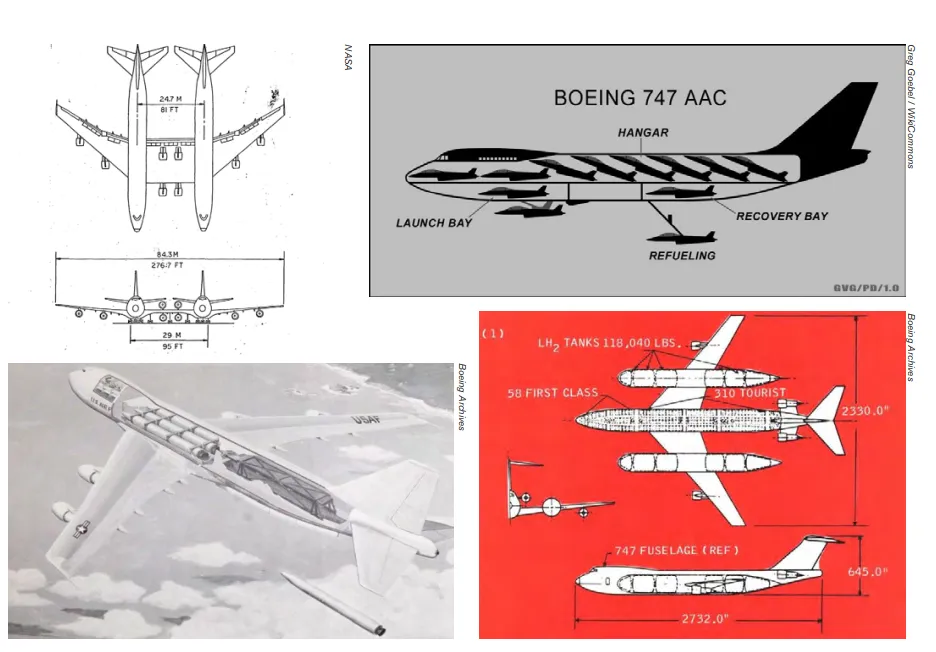
The fixed-landing-gear 747 was just one of many other proposed 747 versions that never made it out of the design stage. Of all the bizarre proposed uses for the aircraft, the favorite of Boeing official historian Mike Lombardi was the Boeing 747 AAC (Airborne Aircraft Carrier). The study, conducted in the early 1970s by the United States Air Force Flight Dynamics Laboratory (USAF FDL) under a contract at Wright-Patterson Air Force Base, proposed using the 747-200 as a "mother ship" containing up to ten Boeing 985-121 "microfighters." The AAC would release the fighters through a launch bay door on its belly, and not only be able to refuel in flight, but also recover them and reload their weapons for the next sortie. Suffice it to say, this aircraft was never built...
Similar to the 747 AAC, equally optimistic was the 747 CMCA (Cruise Missile Carrying Aircraft) proposed in the late 1970s. By that time, the United States had great confidence in its cruise missile program, and at the time, the US Air Force needed a way to launch missiles from the air, and political disputes made the development and construction of the Lockheed Martin B-1 Lancer difficult. Turning to the trusty 747, experts suggested converting the airframe to carry 70 to 100 AGM-86 ALCM cruise missiles, which would be fired from up to eight rotary launchers. Launches would be carried out through the side doors at the rear of the fuselage. Needless to say, this slow "passenger plane" carrying weapons was vulnerable to enemy fighters, so the plan was abandoned in favor of a more traditional strategic bomber. However, this was not the end of the armed 747 concept, as the MC-747 program proposed a fleet of missile patrol aircraft on 24/7 air alert, each carrying four Minuteman III nuclear ballistic missiles. It is thought that dropping missiles from the large bomb bay doors (ports grafted onto the belly of an airliner) could increase their range by 15 percent in level flight at 30,000 feet and 25 percent when launched in a climb.
Over the years, Boeing and NASA have explored various configuration changes to allow the 747 to fly farther and carry more.
The article is excerpted from the Royal Aeronautical Society's journal Aerospace
March 2023
Translated by Tang Xiaoliang





